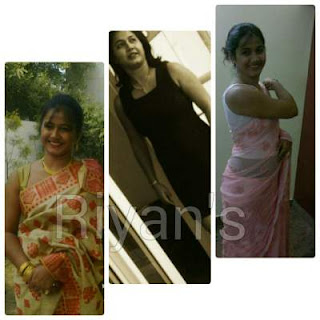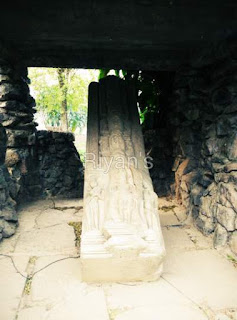Axomia - the cultural heart!
Here I mention some distinctive terms associated with Asom and Axomia people, in general!
Bihu - "Otikoi Senehor Mugare Mekhela, Otikoi Senehor Maku, Tatukoi Senehor Rongali Bihuti, Napaati Kenekoi Thaku"
No doubts when we hear the word Bihu, only Asom comes to our minds. Bihu is like one of the trademarks of Asom.
Bihu is the main festival of Asom. We have mainly three bihus - the kati or kongali bihu, the Magh or bhogali bihu and the very festive, Bohag or Rongali bihu! Even the very beautiful dance of Asom is referred to as the Bihu dance. And, we all know how much we love it!
Saah - Tea or saah as locally know is the most preferred drink in Asom. Yes, why not? We have the largest tea plantation in India! This inherently gives India the status of being the second largest tea producer in the world! Obviously we have right to consume what we produce!
Assam tea is malty flavoured. It has a strong brown colour. Hence it is very popular in the west as the "Morning tea".
Khar - Born in an Axomia family means we are Kharkhuas!!! Khar means alkali. Its a popular dish in our cuisine. Typically prepared from alkali substances like Bheem kol (a variety of Banana known as Musa bulbasiana, botanically), omita (unripe papaya) or even soda!! "Kharkhua" is a term coined to mean 'people who eat khar'. Undoubtedly, we proudly say we are kharkhuas!!!
Mekhela sador - the traditional attire of the Axomia ladies, the mekhela sador stands out as a beautiful outfit. No one can unsee a beautiful muga or paat mekhela sador set even in a function attended by thousands of ladies! Such is the charm!
Dhul Pepa gogona - the "Bihu boliya raayz" or the people so much in love with Bihu, get their nerves excited at the very sound of dhul, pepa and gogona. These musical instruments play one major role in any bihu function.
Taat xaal - the famous "taat-xaal" is the heart of the weaving industry in Asom. In earlier days, almost all Axomia ladies would weave their own mekhela sador at home. With time things have changed and taat-xaal is mainly constrained in the Sualkuchi handloom industry. It is also found in some other parts of the state. Infact i have seen it at my home too! Oh almost forgot to mention, taat-xaal is the traditional weaving machine!!
Pira - A very low stool made of wood for sitting. These was mainly used in the villages earlier. Had been a part of every Axomia household for many many generations. Not that they are no longer used, but yes, with the modernisation, pira is almost restricted to the very remote areas.
Dheki - dheki, an agricultural tool used for threshing was almost found in every household of Asom. It is typically used to produce brown rice. Dheki helps to separate the rice grains from their outer husks, while leaving the bran layer. With the onset of technological advancements, we see lesser and lesser dhekis in today's world.
Pitha laru - Pitha is a rice cake or pancake. Its a thin-flat cake prepared from batter of rice powder and cooked on a hot griddle or frying pan. On special occassions like bihu, every household in Asom would prepare the pithas. Though in the early years, we could enjoy the pithas every single day in Asom. Different types of larus are prepared in the season of Bihu in Assam. Be it Narikol (coconut) laru, sira (beaten and flattened rice) laru, suji laru, etc.
Xandohguri: Xandohguri is a breakfast item of Axomia household. Made with boiled rice, this particularly requires little work before hand. Extremely tasty and unique food it is. The nostrils would be filled with ambrosial smell and you just cannot leave without tasting some of it. Xandohguri is typically served with Milk, Gur (Jaggery) and Banana.
Xorai Bota - The Xorai and bota are traditional symbols of Asom and have been in use for centuries in Asom. Marked as prominent symbols of showing respect, the xorai and bota serve as gift items too. Being born as an Axomia means we have seen these items at home always! No decor is complete without Xorai and/or Bota in Asom.
Gamosa - how can i complete this list without adding the traditional gamosa to it? No way! Being an Axomia means we have used a gamosa all our lives. Gamosa is a traditional towel. It is actually made using a Taat-xaal. The grace of a gamosa is such that it is used as a decor. Its also used to show respect.
The list can literally go on. But let me put a full stop here. The rich tradition of Asom cannot be put down in one single article, obviously. Till I write something more...











Amazing!! What an wonderful article on Assamese culture!!
ReplyDeleteThank you Bhaskar! :)
Delete